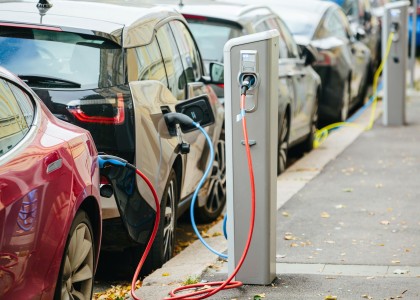States are adopting increasingly ambitious clean electricity standards and/or greenhouse gas emissions reduction goals, driven by scientific consensus that global emissions must be drastically reduced in the next decade and beyond to avert the most catastrophic impacts of climate change. A clean electricity standard (CES) represents a commitment to 100% clean electricity generation by a target year. Emissions reduction goals differ from clean electricity standards by going beyond the electric power sector to require GHG reductions in additional sectors, such as buildings and transportation, or economy-wide.
To what extent has energy efficiency been incorporated into these standards and goals? This report answers this question through a review of the current landscape of state CES and emissions reduction goals and the role that efficiency serves in each state. We summarize how state policymakers can leverage energy savings to support a clean power sector, electrify fossil fuel-dependent end uses, reduce economy-wide emissions, and ensure that the transition to a zero-carbon future is equitable and serves the needs of all customers.
| Suggested Citation |
| Berg, W., E. Cooper, and M. Molina. 2021. Meeting State Climate Goals: Energy Efficiency Will Be Critical. Washington, DC: American Council for an Energy-Efficient Economy. aceee.org/research-report/u2104. |





